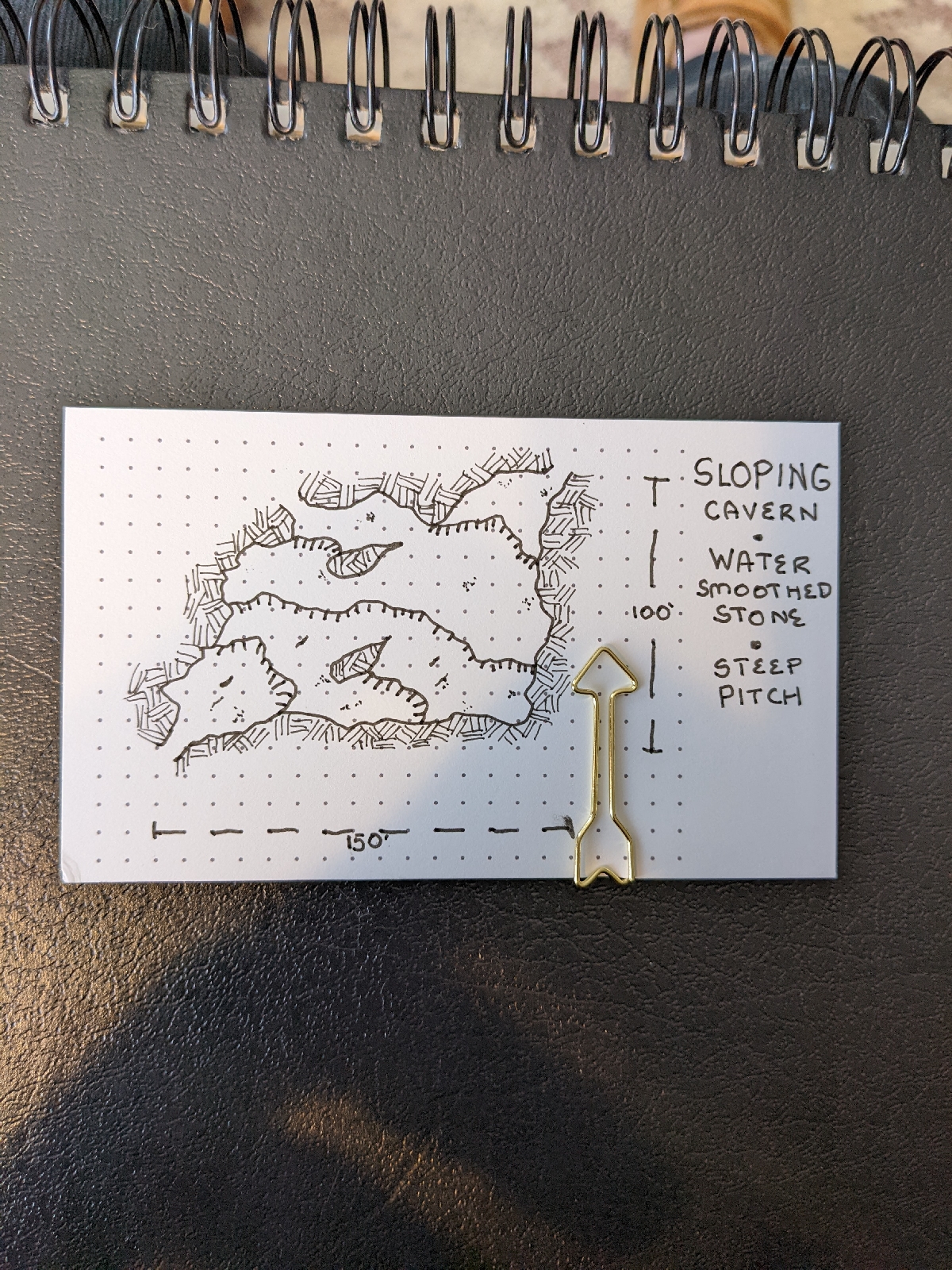28.12.22
odd Robots
20.12.22
Salt Palace Update
13.12.22
My DM 'Kit' 2.0
27.11.22
The Bard Shudders!
22.11.22
The Plume is Up!
15.11.22
Creating Independence
6.11.22
Noguchi Museum: Deep Accessibility
4.10.22
Mausritter & Accessibility For the Win!
27.8.22
CraftWork Character 7 Day Challenge V
17.8.22
CraftWork Character 7 Day Challenge IV
9.8.22
CraftWork Character 7 Day Challenge III
8.8.22
CraftWork Character 7 Day Challenge II
7.8.22
CraftWork Character 7 Day Challenge!
30.7.22
Disability & TTRPG's @ EF Funeral Camp
24.7.22
Crafting Agency
18.7.22
14.6.22
FaeCraft Incoming!
30.5.22
Folding Tables
14.5.22
Monsters, Wandering
4.5.22
How I Make Monsters Now
22.4.22
FaeCraft Sample Characters
Below are a few characters from FaeCraft that can be dropped into any game. They are presented in different ways to showcase different playstyles and systems. All were generated using the Procedural Character generation system included in the book!
What does it all mean?!? Stay tuned!
Puff
Ibex Fae Dreamer, 4th Level
HP 23
Proficiency: 3
DreamCraft Abilities: Threadwork
Skills: Light Armor, Appraisal, Jump
DreamCraft Powers: Alter Memory, Dream Step, Healing, Tug
Fae Abilities: Shape Shift (Ibex), Pierce Veil, Herd Step
Possessions: WhisperSledge, Memory Net, Leather Armor
Boots
SkinCraft Giant Fae Bear
AC as chain | HD 7 | Att: Spear +3, Hurl Boulder +3 (4D6), Bellow (Frighten)
19 Ft. tall/long
Fae Abilities: Shape Shift (Bear), Pierce Veil, Hunter's Step
Shapechange to a Crocodile when in running water
Giantcraft: Twist the Land, Long Sleep
As Crocodile: Fearsome Strength, Night Vision
Skills (+3): Sailing, Sneak/Hide, Medium Armor
Vulnerable to Darts, Slings etc
Rez
Small Mouldcrafter
Three Sparrows and a Bat live in a grotto near the Old Mill. Polite entreaties for concoctions of mushrooms and magical tourniquets will avoid barrages of flying debris and debilitating fogs of drowsiness. Negotiations and transactions are always handled by a small servant of stone and knotted vines. With time and the offering of arcane trinkets, more powerful concoctions of mold-laden insects may be unveiled.
4.4.22
Salt Palace West-March-Dungeon-Crawl
1.4.22
That Vision Thing
24.3.22
FaeCraft in Design Land!
13.3.22
Exodus: Movement of Minis
4.3.22
FaeCraft Ahead!
25.2.22
Grognard Gripes
20.2.22
Legacy or Dynamic Tables
12.2.22
Makin' Dungeons
3.2.22
FaeCraft: Unique Fae
In the realm of the Fae, the Realm of Light, there are many Fae who function, in game terms, in ways similar to other humanoids, with the range of Crafts available to them. However, in a nod to our game's roots, there are several species of Fae that are their own Craft, in that no other species may access it, they are species specific. There are four in the upcoming volume.
Those That Live Between
Minotaurs
Living symbols of opposition, the cattle that eat meat exemplify contradictions, the crossing of realms, creatures that have lost their way, and a path forward. Minotaurs are massive fierce warriors, dwellers in the Maze, wayfinders, and shamans.
Scavengers
They fill in the cracks, live on the margins, carry messages, and pursue their own way between the Light and the Dark. They are the consummate shapeshifters, stealing and plucking other forms, harboring powers and robbing others of their very forms, feasting on Skin, Blood, Sinew & Bone.
The Small
They are the hunted, the prey, the furtive and the tricky, the quick and the hardly noticeable. Mundane folk see fairies, sprites, brownies, the wee folk, or gremlins. These are a lie, just Poppets designed to fool bigger, slower creatures. The Small are Nests of small animals, disappearing, melting into cover, seeing through all eyes, and hearing through every ear.
Stone Folk
Creatures are not the only shapes that may be inhabited, and the land stretches across the Veil, sediment and stone touch all the Realms. The Stone Folk patiently stride along these veins, bridging the gap, setting the foundation for all the worlds.
































